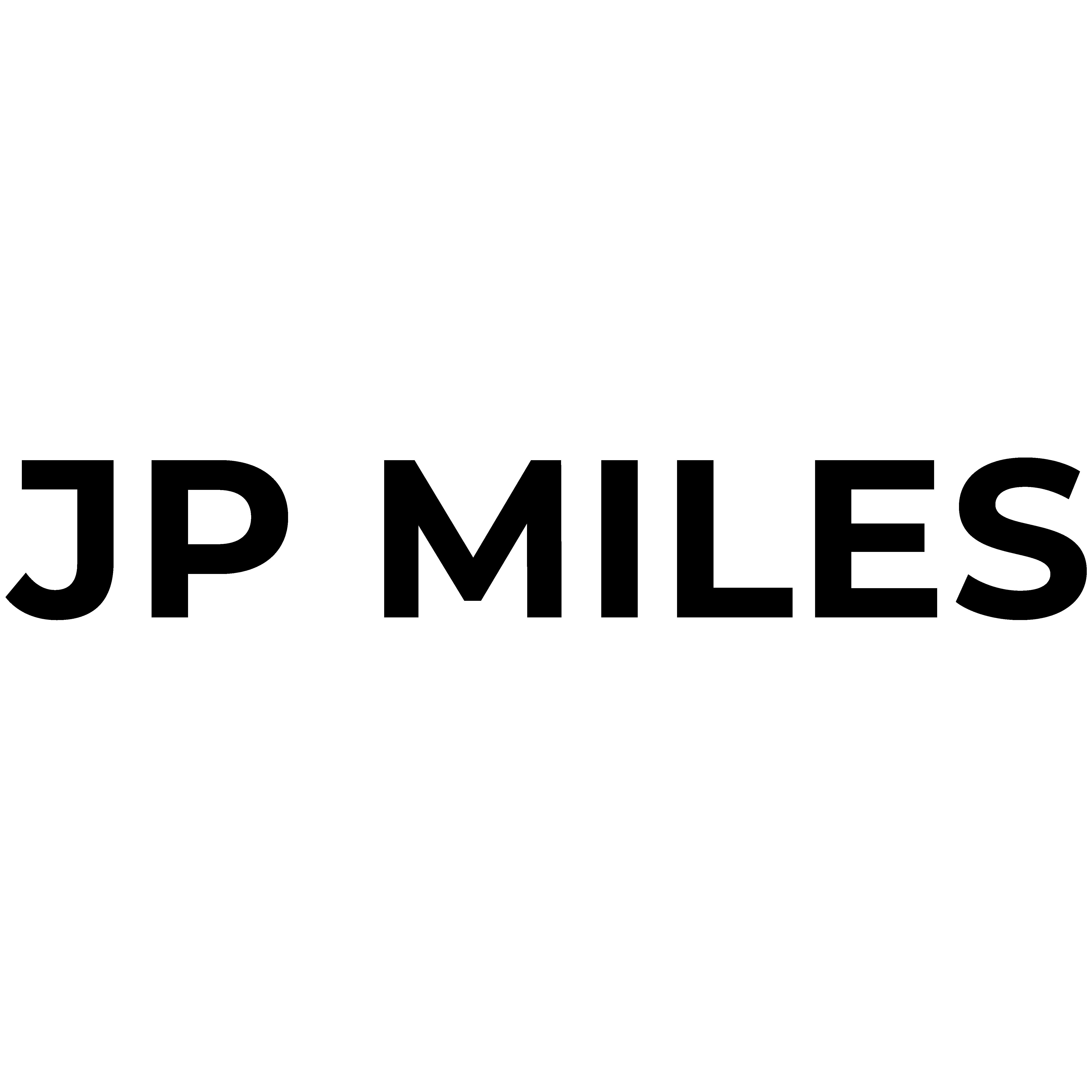TRANSFORMING SPACE-TIME
The first hints of my ongoing series ‘Transforming Space Time’ began to emerge in 2017 while experimenting with long-exposure photography in Costa Rica. However, it was not until a couple of years later that I realized I was slowly building a body of works that are unpredictable, chaotic, and abstract. A strong departure from all my previous work, which had always tried to capture a unique angle of an object or a subject. A picture of something that exists or at least did at some point in time.
Without even realizing it, practicing my abstract photography technique completely changed the way I saw the world. When looking for ideal situations to create new work, I no longer was interested in finding a unique subject or trying to capture the perfect moment. The only thing that matters is color and how it relates to or contrasts with the other colors surrounding it.
Not only did it change the way I saw the world, but it also changed the way I used my camera. Pushing it to the breaking point, twice, breaking the aperture on two different lenses. With such an unusual process, practically every time I shoot in public, I overhear people asking each other or me directly ‘what are you doing?’
When viewing my work some elements may be recognizable or feel familiar, like a branch, a flower, or whatever else managed to hold onto its original form. However, my true fascination stems from what I can see in an image that wasn’t really there. Figures, faces, symbols and other recognizable patterns seem to emerge subconsciously.
But just as quickly as these ‘perceptions’ emerge, with a simple rotation, they vanish. Almost like a complete perceptual reset, with each new orientation presenting a different composition to visually digest. Whether reviewing my work on the back of my camera, my 35mm film scans, or on my computer, I never truly feel like I’ve seen a work until I’ve experienced it in all four orientations. A practice that is vital to viewing my work.
In a serendipitous accident, at some point, my beautiful wife was helping me design a book. She digitally flipped an artwork, viewing them side by side symmetrically in diptych. Stunned by what we saw emerge from the diptych, we both knew there was no going back. Not only did I want people to experience my art on its own, in four different ways. But I now want everyone to also experience every possible orientation and arrangement of the diptychs. Each one revealing a completely new visual experience.













